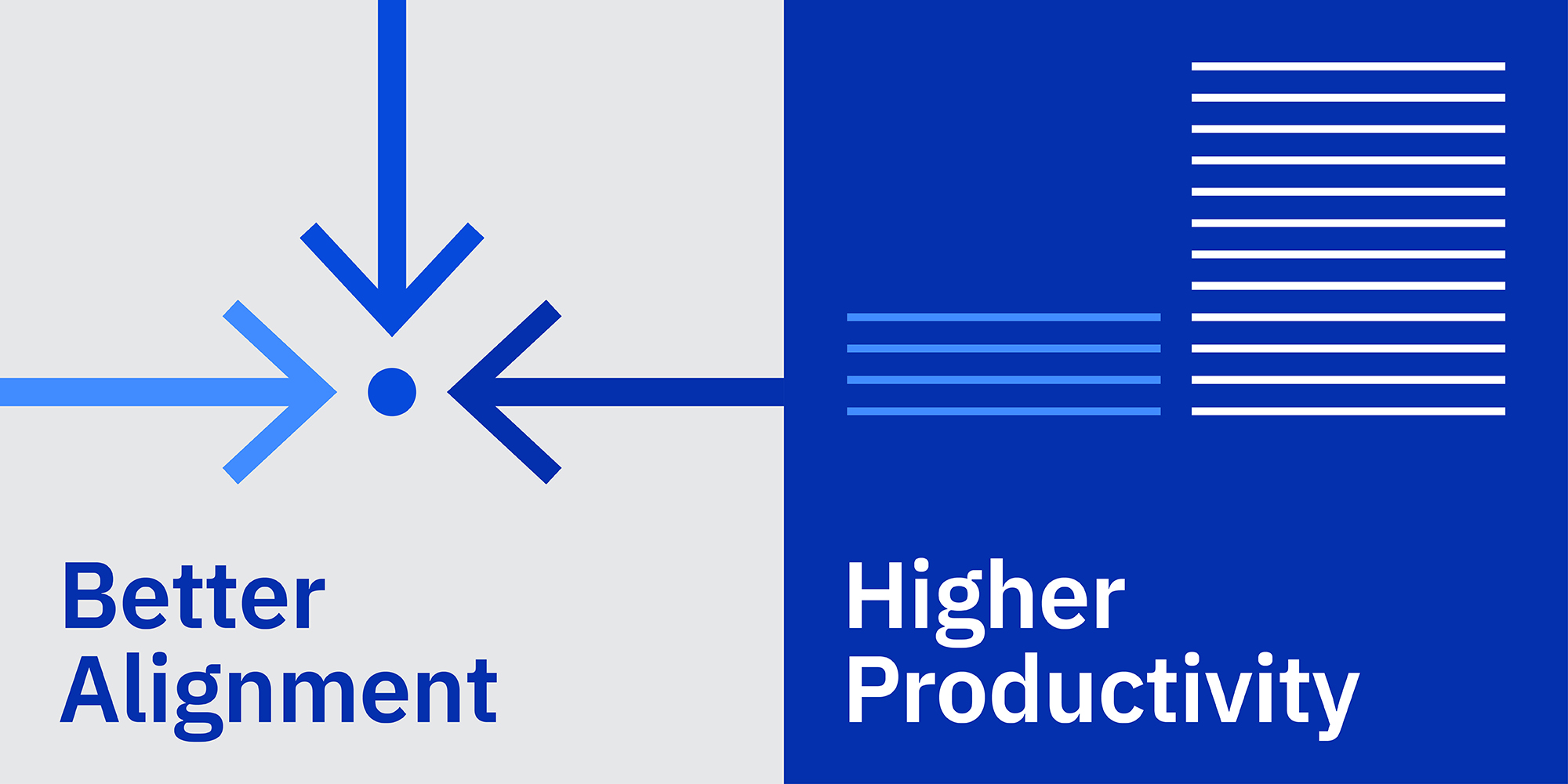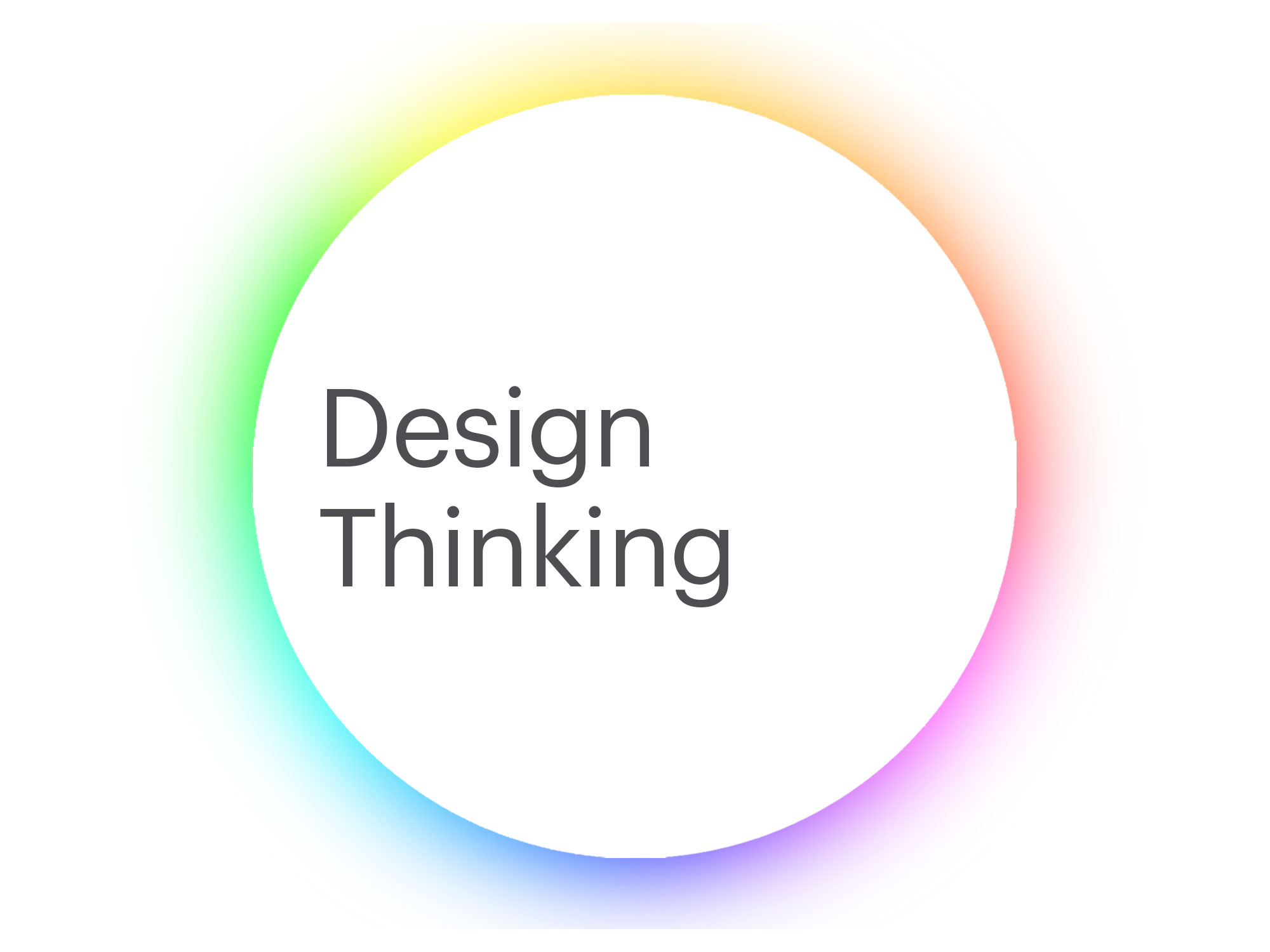Fresh from three days of discussion at OFFSET, we have another topic to illicit viewpoints on here at the 100: what is design thinking, who is it for and is it any use? What some say designers have been doing since the industry began, others herald as a new way of integrating design and business. Is it the best thing to happen design in decades, is it a buzzword that will fall out of favour when the tech world finds something else to focus on, or is it bullshit?
We asked three people from our own ranks to ponder the question, 'So what is design thinking, anyway?' to see if we can figure it out. First up is Lara Hanlon, Designer in Residence at IBM Studios, Dublin (as well as a member of the 100 Archive's last professional panel). As Designer in Residence, Lara collaborates daily with global teams to envision and contribute to design practices, culture, strategy and education. She also lectures at Dún Laoghaire Institute of Art, Design + Technology. Here's her take...
So what is design thinking, anyway?
Design thinking has become the ‘soup du jour’ for many enterprises, startups and agencies worldwide. It’s a trendy buzzword of the tech industry. Everyone wants a piece of the pie, or so it seems. But design thinking has been around for more than a minute and long before the hype. So, what is it?! It may be referred to as a framework, a toolkit, or a mindset but regardless of its nomenclature design thinking is used to solve complex problems and innovate through empathy, ideation, making and testing. Traditionally employed by designers, the methodology now expands beyond the realm of professional design practice into areas of science, technology, and business. Design thinking enables people (not just designers) to get from big, sticky problems to human-centred solutions in a rapid, collaborative, and often low fidelity way.
Now, I’m an advocate of design thinking. I apply this ‘mindset’ and way of working almost daily. I educate corporate teams on how to use the framework at IBM, where we have our own flavour of Enterprise Design Thinking, and I’ve witnessed the impact it can have on shifting a team (and individuals) from technical feature-oriented thinking to human-centred understanding.
Ok…but what exactly is it?
1. It is active participation in service of others. It is active listening, observation, planning and collaboration on behalf of – and with – everyone involved including internal team members, stakeholders, clients, external partners, influencers and end-users.
2. It is cross-disciplinary. While the methodology may be borne of traditional design practice, design thinking demands the contribution of many disciplines. The true value lies in the exchange of knowledge and ideas between disparate domain experts such as engineers, sellers, researchers, business analysts, and designers.
3. It is diverse. Differences in age, gender, cultural and educational backgrounds are important aspects of successful design thinking collaboration. This tenet helps to minimise unconscious biases that often (poorly) influence the culture of a workplace and a company’s customer offerings.
4. It is a key driver for better business and faster market outcomes. In a recent study, Forrester Research applied their Total Economic Impact™ methodology to measure the value of Enterprise Design Thinking by IBM. The results reveal that teams that are applying IBM’s design thinking practice and are adequately staffed with design talent enter the market twice as fast as those without. But speed is not the only value-add to the business: Forrester also determined that organisations are working more efficiently — teams were able to cut redundant processes, unnecessary features, products, or services. These advancements, driven by the practice of design thinking at IBM, added up to a calculated return on investment of over 300%!

What is it not?
1. It is not new. IDEO first appropriated the methodology to create business impact through design in the early 1990s. Fast forward a few decades…there are dozens of bespoke and highly customised design thinking kits applied and offered by charities, corporations, educational institutes, and agencies today. To name but a few: Design Council, Doblin, Fjord, IADT, LUMA Institute.
2. It is not ‘a workshop’. How many times did you imagine a room filled with post-it note aficionados (sharpies and coffee cups to support) when you read ‘design thinking’ throughout this post? I’m guessing at least twice. While design thinking in practice often materialises as such, a workshop is only a means to an end. Design thinking is an iterative, fluid way of working built on a set of activities that can and should extend beyond a workshop environment into the overall project workflow.
3. It is not the only way to solve problems or innovate. There are many methodologies (e.g: Service Design, Lean UX, Agile, Circular Economy) that allow teams to achieve both and many more will exist. It is, however, the people-centered intent and holistic analysis that design thinking can bring to bear that is worth discussing, exploring, and understanding.
4. It is not always quantifiable by hard numbers. Measuring the results of design thinking may include metrics relating to revenue or customer engagement but it may also include ‘softer’ measurements such as a shift in workplace culture or increased diversity on teams. In the same study as mentioned above, Forrester discovered that through Enterprise Design Thinking by IBM, alignment and collaboration between cross-functional teams improved dramatically – leading to higher employee satisfaction and productivity overall.

Where and when is design thinking useful?
The expansive and flexible nature of design thinking means it can be adopted in almost any situation that involves people as consumers or end-users. From rewriting government policy to establishing new recruitment processes to planning a wedding (yes, I really do know someone who did this), the potential application of the practice and thinking is pretty much endless. Design thinking can be useful in planning small day-to-day activities or in achieving long-term goals.
Back to basics. What about designers?
Design thinking makes a lot of sense to designers. In many ways, it’s simply the formalisation of a designer’s workflow. By their nature and by training, designers often approach their work with a design thinking mindset (sometimes implicitly) but as global organisations continue to adopt design-centric tools to drive business outcomes this way of working is no longer considered unique to the creative industry. The beauty of design thinking is that it’s accessible to anyone and everyone – it’s simple and logical, it’s quick and dirty, and it adds value. But the very fact that design thinking is an ‘open invitation’ can create a whole new set of problems, particularly for designers. Designers simplify the complex in a myriad of ways – through storytelling, wire-framing, content structure and information architecture, sketching, building, iconography, typography and…well, the list goes on. Designers have the ability to turn ideas into tangible and intangible, experiential outputs which can’t possibly be codified into one or two or even three processes for the masses.
All of that considered, design thinking places designers in a pretty exciting place. In today’s technology driven world we’re working with highly complex, networked, and dynamic content every day. No single person has the knowledge base or skillset to create a fully considered solution under these conditions…not technologists, not businesspeople, not designers! We need ways to collaborate with our peers, colleagues, and clients to bring out the best ideas and leverage diverse expertise. Not only will design thinking allow that collaboration to happen but this way of working brings Design, in the broader sense, to the ‘boardroom’ table. Designers can move from pixel-pushing to strategic decision making because many business leaders now see and understand the value of the profession, often through the lens of design thinking. Regardless of your affinity for the terminology, process or the publicity, designers and non-designers might consider design thinking as a gateway to creating impact on products, services and organisations from the early stages of planning and development right through to final implementation and execution. That’s not only an important position to be in for the business, the designer, and the customer, but it’s an inspiring one, too!
